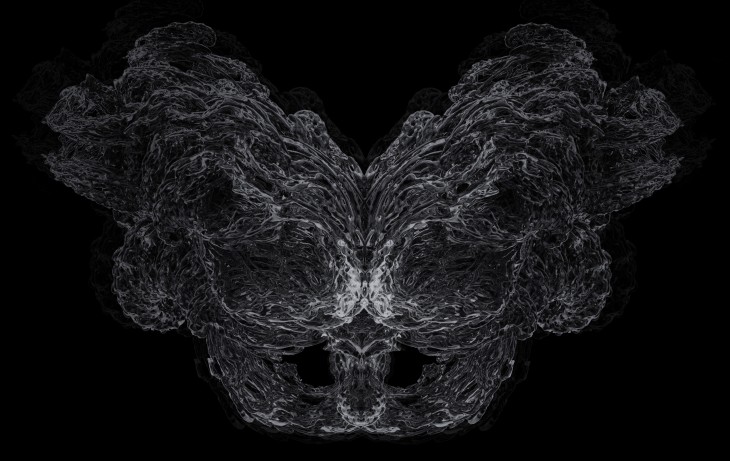In the extensive work on Digital Cities Neil Leach critically approached the vital importance of Digital technologies and their development for the future of urban design as a creative sub-field. In the past 20 years the boom of Digital Technologies and their grand entrance into the world of practical and rigid-minded modernist architecture has rapidly taken over the place in architects’ thoughts, designs and conversations. Architectural subcultures of “parametricism”, cities following swarm emergence development, the entire conglomerations of living and breathing systems unifying into so-called Chlorofilias; highly theoretical, and for the most part speculative theories have created a shift in the “frozen” architectural thinking of the 20th century in the unknown, yet promising direction, and gave it a new platform for theoretical evolution at the least.
Several driven design studios from all over the world have taken on a challenge of pushing the boundaries of architectural thinking and established their practices on creating cities not constructed from stone and mortar, but rather from dimensionless bodies, entire essence of which reacts to the inhabitants’ presence, is controlled via a hypothetical electronic device and are ecologically sustainable as their components are idealized pieces of information, rather than mortal molecules.
Architectural design is experiencing an apparent split in the direction of its development. The parametricism veterans are imagining urban scenarios, where human becomes a mere living organism that receives feedback from the digital city and readjusts it accordingly to his needs, through the use of advanced technologies. But is this a possible reality of our future, or will it remain yet another period of architectural history that has a provoking name and takes up several shelves in the design literature library? How viable is pushing the boundaries of theoretical research in architecture when the mere purpose of it is to construct physical objects that create atmospheres for us to inhabit? What scale of world calamities or scientific progress has to happen for the current built environments to start re-arranging themselves following Chlorofilias scenario?
Will it happen in the nearest millennium? And will our race be the witness of this possible hypothetical future? An apparent gap between the evolving fictional theoretical “universe” and the harsh reality of such day-to-day issues as lack of shelters in underdeveloped countries is somewhat unsettling. While the advancement of science through research is a vital part of our progress, some of the work force and creative minds should attempt tackling the current pressing issues prior to fully dedicating their talents to imaginary utopian habitats. The feedback from solving the “NOW” problems will greatly inform the platform for developing the guaranteed “TOMORROW”.

